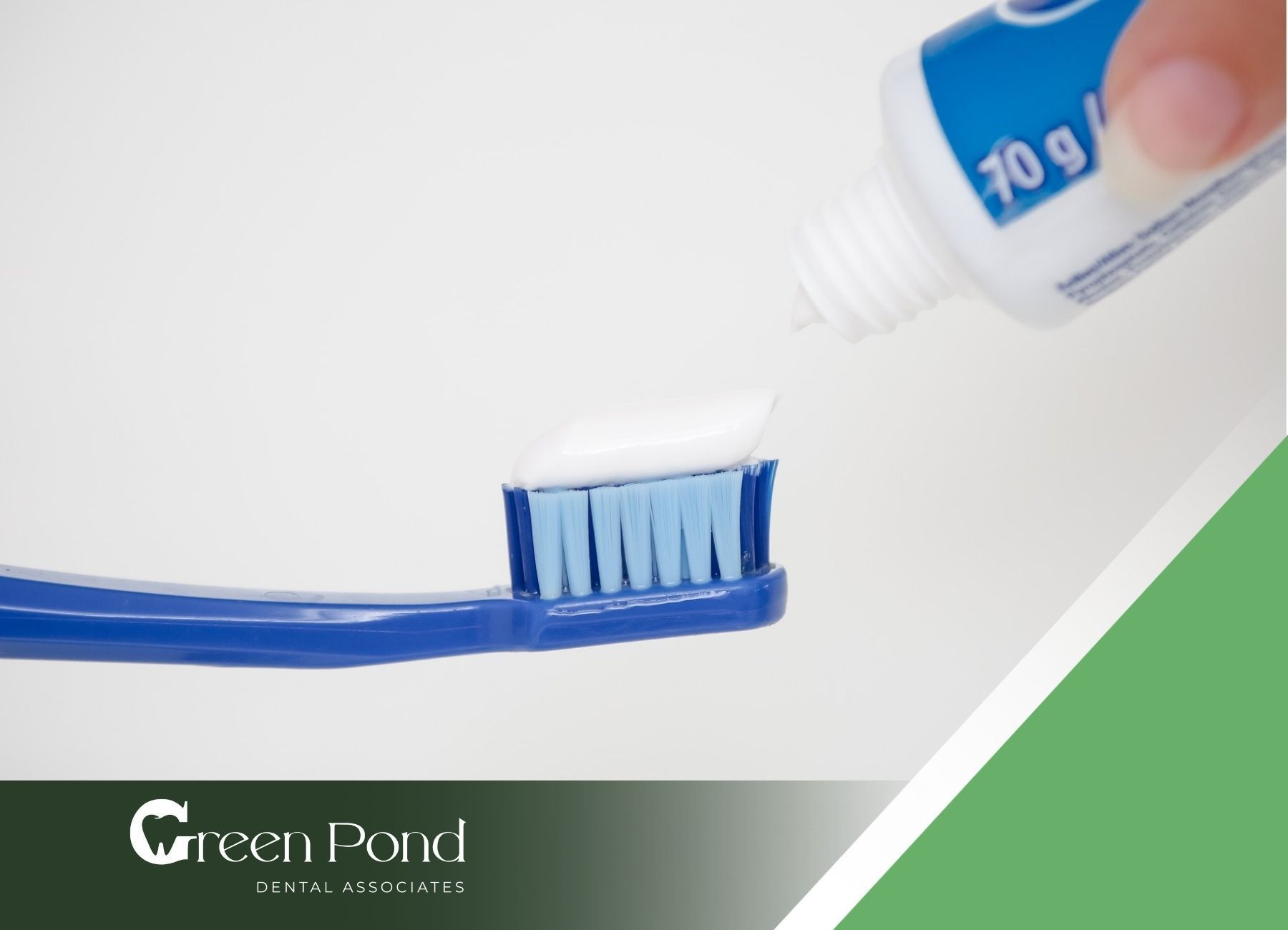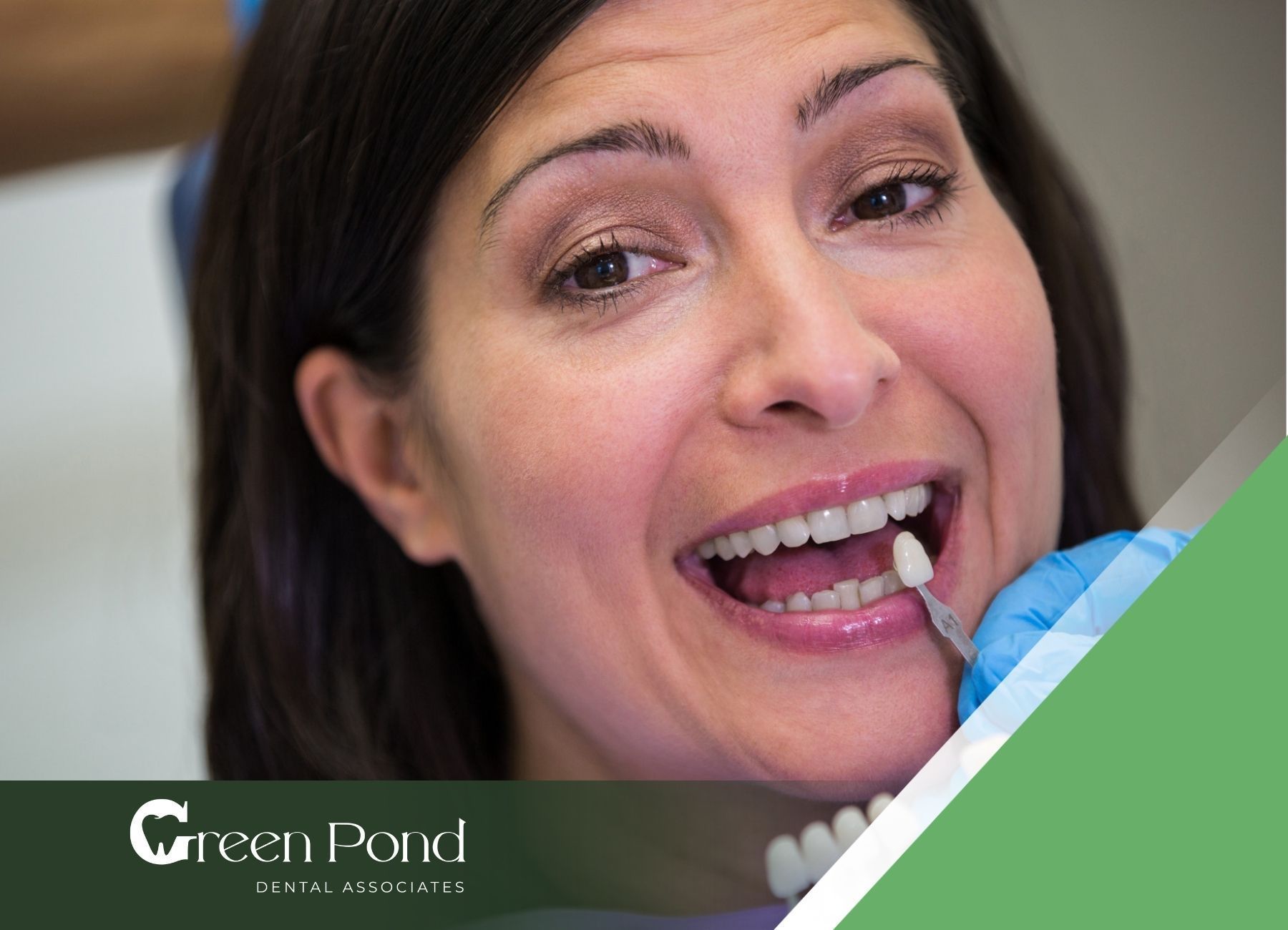Dive into Dental Depth: Reasons Behind Crowding Teeth in Children
Causes of Dental Crowding
Dental crowding in children can stem from a variety of factors. Understanding these causes helps in diagnosing and forming proper treatment plans.
Jaw and Dental Arch Size
The size of a child's jaw and dental arch plays a crucial role in determining whether they will experience dental crowding. If the jaw is smaller than average or the dental arch is not wide enough to accommodate all teeth, crowding can occur. Factors such as genetics, a small jaw, and other external influences can contribute to this issue. The severity of dental crowding can vary significantly; some children may have a single tooth that is misaligned, while others might have an entire row of teeth affected.
Here what caused that:
- Small Jaw: Insufficient space for all teeth to align properly
- Narrow Dental Arch: Limited width for teeth, causing them to overlap
Supernumerary Teeth
The presence of supernumerary teeth—additional teeth that can develop beyond the standard 20 primary teeth—can also lead to crowding. Genetics can play a role in this phenomenon, particularly if teeth are excessively large or if the jaw is abnormally small. Other contributing factors can include problems related to the loss of baby teeth, previous dental injuries, or certain dietary habits. Each of these can disrupt the normal eruption pattern of teeth, resulting in overcrowding.
Here what caused that:
- Large Teeth: Increased likelihood of crowding due to limited space
- Abnormal Jaw Size: Can prevent proper alignment of all teeth
Oral Habits
Oral habits in children significantly impact dental development and can contribute to crowding. Prolonged thumb sucking and pacifier use after the age of 3 or 4 can adversely affect bite development. These habits place consistent pressure on the upper front teeth, potentially causing them to protrude or erupt at an angle, which may lead to crowding. Sustaining these habits can result in similar misalignments that further complicate dental arrangement.
Here the habits and what impact them:
- Thumb Sucking: Can cause teeth to protrude and misalign
- Extended Pacifier Use: Similar pressure effects as thumb sucking
Understanding these underlying causes of crowding teeth in children can aid in early detection and effective management strategies.
Types and Classification of Dental Crowding
Dental crowding can manifest in various forms depending on how the teeth are misaligned and overlapping. Understanding the different types of crowding helps in selecting the most effective treatment options.
Misalignment and Overlapping
Dental crowding can generally be classified into two main categories based on the alignment of teeth:
- Localized Crowding: Occurs when a specific group of teeth is misaligned or overlaps, often affecting the incisors.
- Generalized Crowding: Involves a larger area of the dental arch where multiple teeth overlap significantly, leading to a more complex case.
Here the type of crowding:
- Localized Crowding: Misalignment of a specific group of teeth
- Generalized Crowding: Overlapping of multiple teeth across the dental arch
The degree of crowding can determine what treatment is best suited for the patient.
Treatment Variations
Various treatment options exist to address dental crowding and improve oral health, depending on the type and severity of the condition. Treatment plans are typically customized for individual needs, taking into account factors such as age, overall dental health, and specific alignment issues.
Here the treament option:
- Traditional Metal Braces: Utilizes brackets and wires to gradually move teeth into proper alignment (Diamond Braces).
- Invisalign: Clear aligners that offer a more aesthetic approach to teeth straightening while still providing effective correction.
- Retainers: Often used post-treatment to maintain new tooth positions.
The American Association of Orthodontists advises that early visits to an orthodontist are crucial. These visits help monitor dental growth and plan potential treatments to correct or prevent crowding issues effectively. Understanding the types and treatments available empowers individuals to make informed decisions regarding their dental care, especially when addressing crowding teeth in children.
Treatment Options for Crowding Teeth
Addressing dental crowding is essential for both oral health and aesthetics. Various treatment options are available, depending on the type and severity of the condition.
Orthodontic Treatments
Orthodontic treatments are often the primary approach to correcting crowded teeth. An orthodontist may recommend several methods based on the nature and severity of the issue. Treatments can include traditional braces, retainers, clear aligners, veneers, or dentofacial orthopedics.
Braces are particularly effective as they gradually move teeth into their proper positions by applying gentle pressure, aligning the teeth, and improving overall oral health. It is generally recommended that children receive orthodontic treatment in their early teenage years when most permanent teeth have erupted.
Orthodontic treatments type:
- Braces: Metal or ceramic appliances that align teeth.
- Retainers: Devices used post-treatment to maintain tooth positions.
- Clear Aligners: Nearly invisible trays that gradually move teeth.
- Veneers: Thin shells applied to the front of teeth to improve appearance.
- Dentofacial Orthopedics: Treatment addressing jaw alignment issues.
Types of Braces and Aligners
There are several types of braces and aligners designed for different needs:
- Traditional Metal Braces: Made of stainless steel, effective for most cases.
- Ceramic Braces: Tooth-colored brackets that blend with teeth, less noticeable.
- Lingual Braces: Fixed behind teeth, invisible from the front.
- Clear Aligners (Invisalign): Removable, custom-fit trays that align teeth discreetly.
Orthodontists can choose the most appropriate type based on the patient's dental structure and treatment goals.
Genetics and Dental Crowding
Genetics can significantly influence the development of crowded teeth in children. Various hereditary factors contribute to how a child's teeth and jaw align, leading to potential dental crowding.
Genetic Factors
Several genetic influences can result in dental crowding. Factors include the size of the teeth, shape of the jaw, and the arrangement of dental arches. For instance, children may inherit:
- Unusually large teeth that do not fit properly within the jaw.
- Abnormally small jaws that struggle to accommodate adult teeth.
- Genetic predispositions to conditions such as early tooth loss or jaw abnormalities.
These conditions can result from family history and affect how teeth emerge and align, leading to misalignment issues.
Abnormal Tooth Sizes
Abnormalities in tooth size can also lead to crowding. Some common patterns observed include:
- Large Teeth: May cause crowding when jaw size is small.
- Small Teeth: Can lead to gaps, but may not support proper alignment.
- Variability in Tooth Sizes: While some teeth might fit well, others can contribute to overcrowding.
Dental crowding can also be exacerbated by evolutionary trends. Research suggests that reduced facial volume without a proportional reduction in tooth sizes might lead to alignment issues. This evolution could be attributed to changes in dietary habits, where consumption of softer, processed foods reduces the need for robust jaw structures.
Understanding genetic factors and abnormal tooth sizes is essential for addressing the issue of crowded teeth in children. Proper management can help maintain better oral health and correct alignment as they grow.
Dental Crowding in Children
Impact on Oral Health
Dental crowding in children can significantly affect their oral health. When teeth are misaligned or overlapping, they can make it difficult to maintain proper hygiene. Children may struggle to effectively brush and floss crowded teeth, leading to the accumulation of plaque and a higher risk of cavities and gum disease.
Furthermore, crowded teeth can impact the child's bite, making it uncomfortable to chew food properly. This can lead to additional problems such as jaw pain or discomfort, and even issues with speech development. If left untreated, these complications can affect the child's self-esteem and overall quality of life.
Here the potential oral health issues:
- Difficulty Maintaining Hygiene: Increased risk of plaque accumulation and cavities
- Bite Problems: Misalignment can lead to discomfort when chewing
- Jaw Pain: Issues with dental alignment can cause jaw strain
- Speech Issues: Misaligned teeth may affect speech development
Early Management Importance
Early management of crowding teeth in children is crucial for promoting optimal dental health. Intervention during formative years can guide jaw growth and ensure there is enough space for permanent teeth to erupt properly. Pediatric dentists often recommend regular check-ups to monitor dental development.
By addressing crowding early on, children can avoid long-term complications associated with untreated dental issues. This preventive approach can limit the necessity for more invasive treatments in the future, making it less likely that the child will require extensive orthodontic work later on.
Non-invasive methods such as removable orthodontic devices, myofunctional therapy, and space maintainers can be utilized to foster proper jaw and tooth alignment without the need for braces initially. These approaches promote healthy development and reduce the likelihood of further dental complications.
Regular dental visits play a pivotal role in detecting and managing crowding teeth in children. Pediatric dentists can provide individualized care plans that adapt to the child's specific dental needs.
Conclusion
Crowding teeth in children can be a common orthodontic concern. Several factors contribute to this issue, including genetics, habits like thumb-sucking, and jaw development. While some cases may resolve on their own, others may require orthodontic treatment to correct the alignment and prevent future complications.
Crowded teeth can affect a child's self-esteem and oral health. At Green Pond Dental, we're dedicated to providing comprehensive orthodontic care for young patients. Our experienced orthodontists specialize in diagnosing and treating crowded teeth, using state-of-the-art techniques to ensure a healthy and beautiful smile. Schedule a consultation today and discover how Green Pond Dental can help your child achieve optimal oral health.










